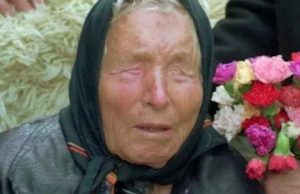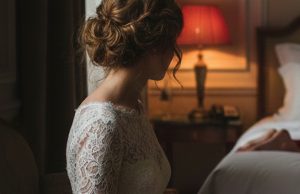
Before Prince William’s children were born, Queen Elizabeth II made a pivotal change to royal tradition—one that ultimately shaped the title and name of Prince Louis.
Prince William and Kate Middleton welcomed their third child, Prince Louis Arthur Charles, on April 23, 2018. His name paid homage both to Lord Louis Mountbatten, a relative of the Queen, and to Prince Charles, now King Charles III.
Today, William and Kate—now known as the Prince and Princess of Wales—have three children: Prince George, Princess Charlotte, and Prince Louis. But before Louis came into the world, Queen Elizabeth II had taken the initiative to revise a long-standing rule established by her grandfather, King George V.
The Queen’s Modernization of an Outdated Rule
Back in 1917, King George V introduced a decree to define who could receive royal titles. Under his rule, only the monarch’s children and male-line grandchildren were automatically entitled to be called Prince or Princess and to use the style His or Her Royal Highness (HRH).
This meant great-grandchildren of the monarch were typically excluded—unless they were the eldest son of the eldest son of the Prince of Wales. Under those terms, only Prince George would have qualified, leaving Princess Charlotte and Prince Louis without such titles.

However, in 2012, Queen Elizabeth issued a Letters Patent that redefined this rule. She declared that all children of Prince William, as the eldest son of then-Prince Charles, would bear HRH titles and be recognized as Prince or Princess. Without this change, only George would have held such a title—Charlotte and Louis would not.
Why Archie and Lilibet Were Not Initially Included
The Queen’s 2012 update applied exclusively to William’s children. As a result, when Prince Harry and Meghan Markle welcomed their son Archie and later their daughter Lilibet, they were not granted royal titles at birth. At the time, Queen Elizabeth II was still monarch, and Harry’s children were great-grandchildren, not covered by the revised decree.
However, when King Charles III ascended the throne in 2022, Archie and Lilibet became grandchildren of the reigning monarch, which, under the original 1917 rule, automatically entitled them to Prince and Princess titles.
Prince Louis’ Title Without the Queen’s Intervention
Had the Queen not modernized the protocol, Prince Louis would not have been known as “Prince.” Instead, his formal name might have been something like Master Louis Cambridge or Master Louis Windsor.
“Cambridge” reflects the Duke and Duchess of Cambridge titles bestowed on William and Kate at their 2011 wedding. Similarly, Princess Charlotte would have likely been called Lady Charlotte Windsor, similar to Lady Louise Windsor, daughter of Prince Edward and Duchess Sophie.
Prince Louis’ full name—Louis Arthur Charles—carries deep personal significance. “Louis” honors Lord Mountbatten, Prince Charles’ mentor, who was assassinated in 1979. His middle names also pay tribute to his grandfather, whose full name is Charles Philip Arthur George.

Meghan Markle’s Concerns Over Archie’s Title
The Queen’s selective amendment became a topic of controversy following Meghan Markle’s 2021 interview with Oprah Winfrey. Meghan expressed frustration that Archie wasn’t granted a royal title, suggesting that the lack of status impacted the level of security provided for their son.
She explained, “They said they didn’t want him to be a Prince or Princess, which would be different from protocol, and that he wasn’t going to receive security… because he’s not going to be a Prince.”
Meghan emphasized that the title wasn’t their primary concern, but security was. “We’re not saying don’t make him a Prince or Princess, but if the title is what determines his protection… then he needs to be safe.”
Her comments sparked debate among royal commentators, many of whom clarified that the situation did not involve the royal family intentionally denying Archie a title. They pointed out that the Queen’s 2012 decree had never extended to Harry’s children and followed the same guidelines that had been in place for decades.

A Shift Under King Charles III
With the passing of Queen Elizabeth II and the rise of King Charles III, the rules shifted again. As direct grandchildren of the new monarch, both Archie and Lilibet were now automatically eligible to use Prince and Princess titles under the original 1917 guidelines.
In the end, Queen Elizabeth’s 2012 decision reshaped royal precedent, allowing Prince Louis and Princess Charlotte to bear titles that history wouldn’t have granted them. Without her intervention, their names, titles, and public roles would have looked very different.















